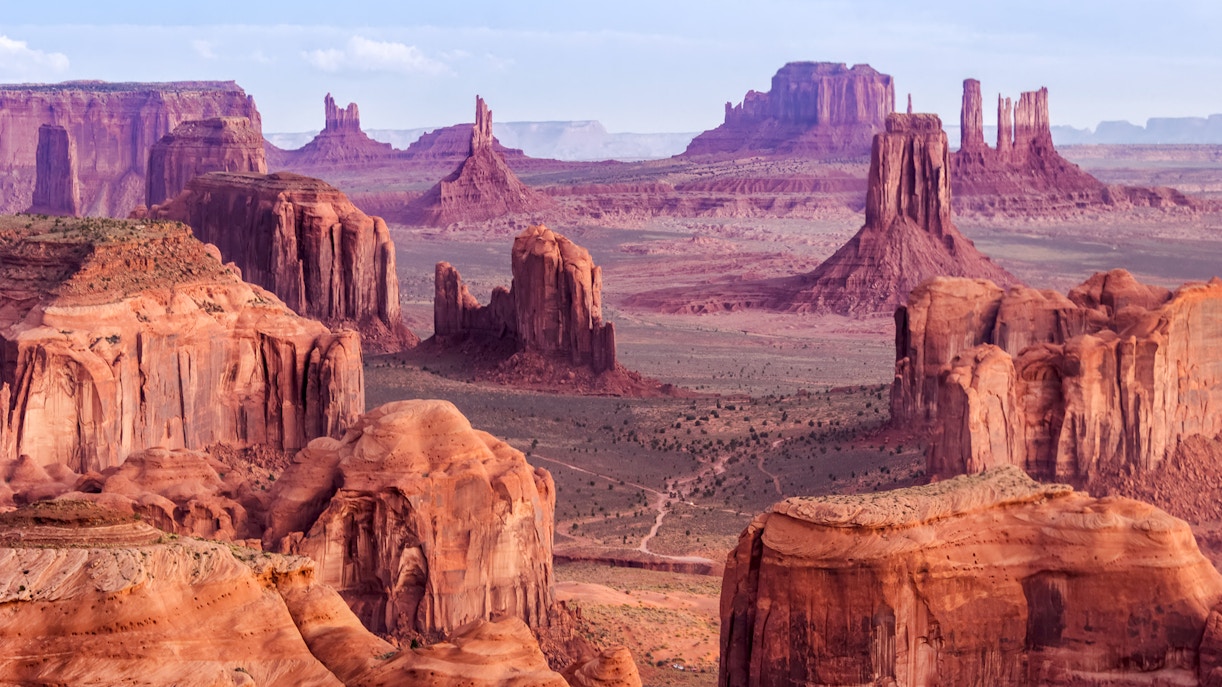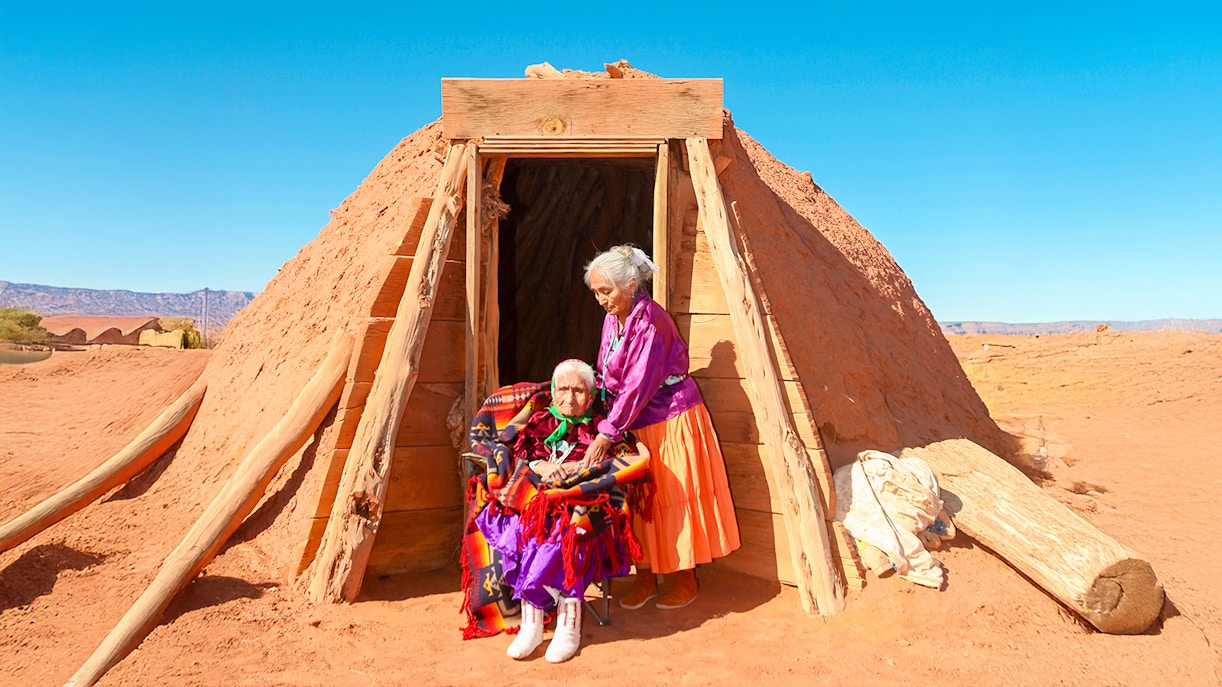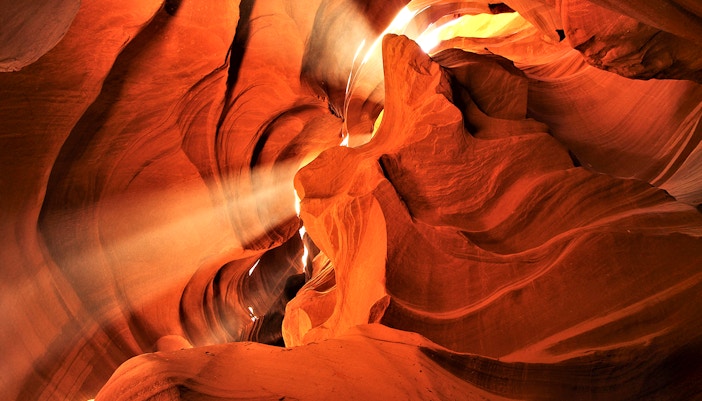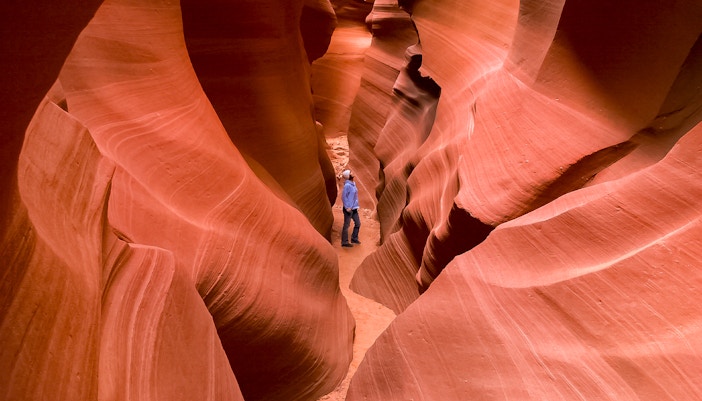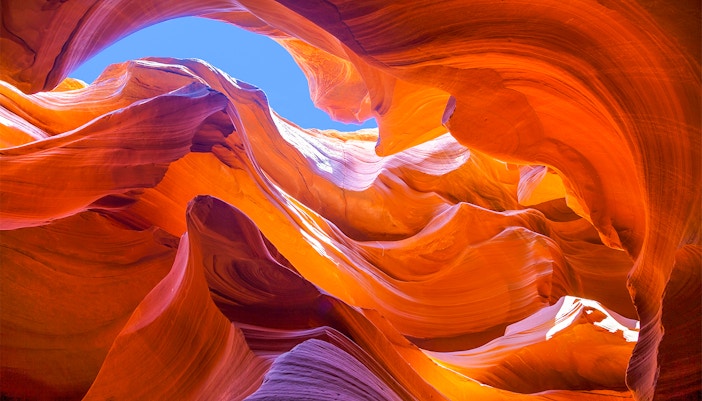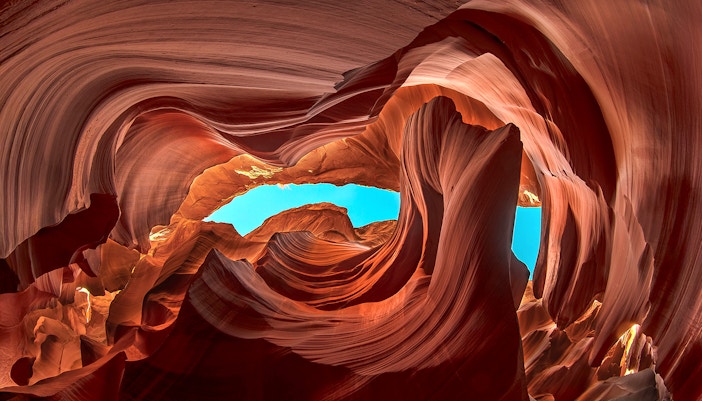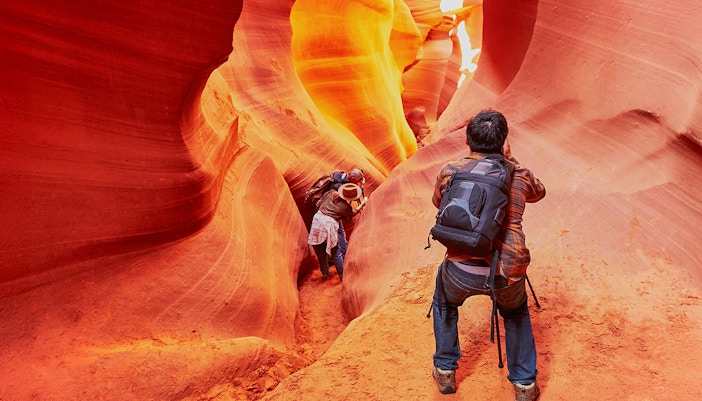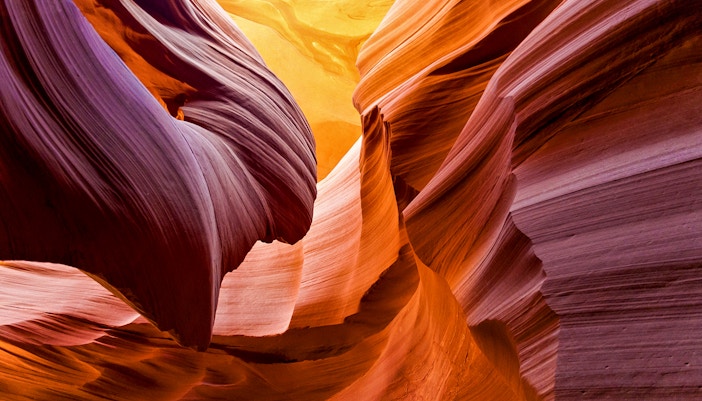- Also known as: Navajoland, Diné Homeland
- What it is: The largest tribal nation in the US. It’s a self-governing entity with its own government, operating in accordance with the agreements made with the US Congress.
- When the Navajo Reservation was established: 1868
- Area: 27,000 square miles (71,000 square km)
- States under the Navajo Nation: Arizona, Utah, New Mexico (partially)
- Members: 298,000 to 399,000 (recent estimates), with over 170,000 people residing in the Reservation.
- Language: Diné bizaad
About the Navajo Nation | An overview
